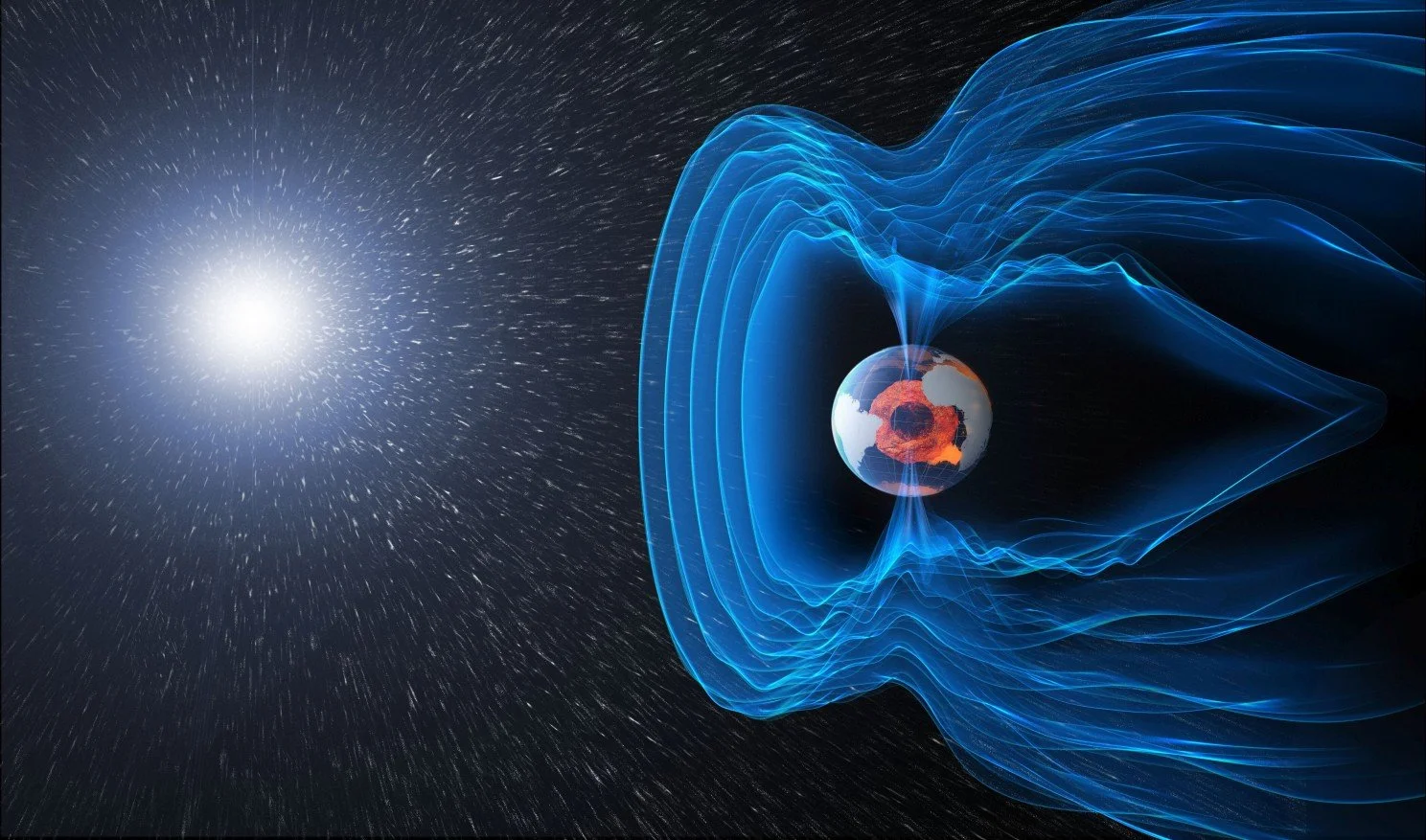🚀 Space Radiation Basics - Part I
What Is Space Radiation?
The space environment poses numerous challenges for electronics. Since our mission is to share this knowledge with engineers in the space sector, I thought it would be valuable to write a post exploring these issues. We’ll also consider how these concepts could be incorporated into a development kit.
One thing is certain: to convey this effectively, I’ll need to deepen my own understanding along the way.
This topic will likely span several posts — but let’s begin with the big question:
🌌 What is space radiation?
Radiation is “energy in the form of waves or particles.” Earth is constantly bombarded by it — from all over the universe.
Thankfully, our atmosphere and magnetic field block most of it. But in space, satellites and electronics are directly exposed.
☄️ Let’s visualize it
Picture a star exploding 100 light-years away. It flings high-energy particles across the galaxy, some of which reach Earth.
That cosmic rain is why we have elements like gold. (Yep, all the gold on Earth came from dead stars.)
Now imagine one of those particles slamming into your satellite.
That’s the reality we design for.
☀️ Sources of Space Radiation
Let’s break down the main contributors to the space radiation environment:
Galactic Cosmic Rays (GCRs): High-energy particles from outside our solar system — mostly protons and heavy atomic nuclei. They travel at nearly the speed of light and can penetrate most shielding materials.
Solar Particle Events (SPEs): Ejected during solar flares and coronal mass ejections, these are mainly energetic protons. Though less constant than GCRs, they can deliver intense bursts of radiation over short periods.
Trapped Radiation Belts: Earth’s magnetic field captures charged particles — forming the Van Allen belts. These contain high-energy protons and electrons that can damage satellites and other spacecraft that pass through.
📘 Want to dig deeper? Check out Chapters 1 and 2 of the Radiation Handbook for Electronics for a detailed technical intro.
🌍 Earth's Protective Shield
Our planet’s atmosphere and magnetic field act as natural barriers. The atmosphere absorbs many high-energy particles, while the magnetic field deflects charged particles away from the surface.
But spacecraft operating beyond these protective layers, especially in low Earth orbit or deep space, are exposed to the full intensity of space radiation.
We’ll definitely get into this in more detail later, but if you’re curious now, I highly recommend: 🔗 Earth’s Magnetosphere: Protecting Our Planet from Harmful Space Energy – NASA
Image: ESA – Earth’s Protective Shield
🛰️ Why It Matters
Understanding space radiation is essential to designing successful missions. It affects everything from electronics reliability to mission planning to astronaut health.
As we set our sights on the Moon, Mars, and beyond, learning how to handle this invisible force becomes more important than ever.
In the next few articles, we’ll dive deeper into why this matters — and what radiation really does to electronic systems in space.
📚 Further Reading
Here are a few resources I found especially helpful while researching this post:
Why Space Radiation Matters – NASA A general audience overview explaining the risks radiation poses for deep space travel.
Radiation Effects on Electronics 101 – NASA NEPP (PDF) A great introduction to the types of radiation effects relevant to electronics.
Radiation Handbook for Electronics – TI Chapters 1 and 2 cover key concepts on space radiation environments and shielding.
🧪 Looking Ahead: Exploring Space Radiation with OMERE
In our next issue, we’ll explore how space radiation affects electronics, focusing on effects like Single Event Effects (SEE) and Total Ionizing Dose (TID).
To make it hands-on, we’ll use a tool called OMERE, a free software developed by TRAD and supported by CNES. It helps you simulate radiation environments and analyze their impact on onboard electronics.
🔍 What is OMERE?
OMERE (Outil de Modélisation de l’Environnement Radiatif Externe) lets users:
Simulate particle fluxes (protons, electrons, heavy ions)
Estimate radiation effects like TID, DDD, SEE, and solar cell degradation
Run mission analysis for custom orbits and durations
It also includes tools for shielding analysis, 2D/3D Earth mapping, and batch processing for multiple configurations.
🧩 Download OMERE: 👉 https://www.trad.fr/en/space/omere-software
Orbit simulation on Omere freeware
Try it out and explore! In the next post, the idea is to walk through a real use case: calculating how much energy a satellite receives in a given orbit using OMERE.


